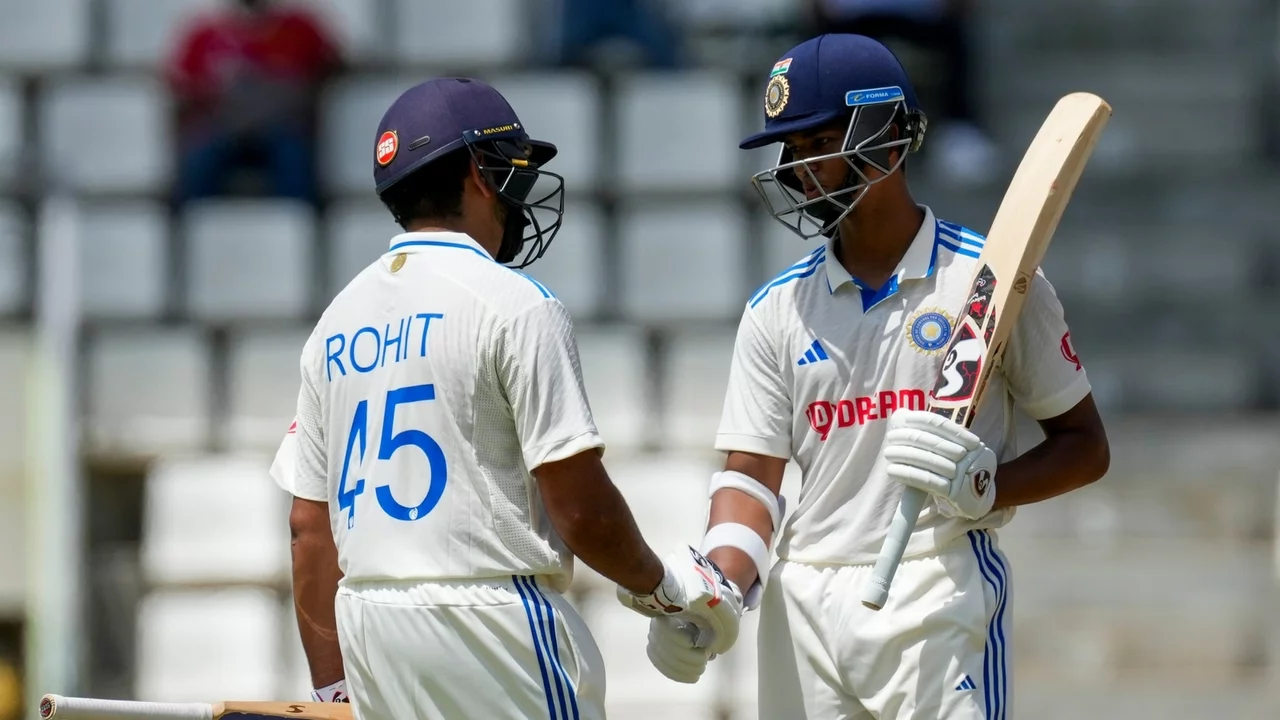Lifestyle Comparison: Indian vs Western Habits Explained
Ever wondered why a morning tea in Mumbai feels totally different from a coffee in New York? It’s not just the drink – it’s a whole set of habits that shape how people live, work, and unwind. Let’s break down the biggest differences and see what each side does best.
Morning Routines
In most Indian homes, the day kicks off with a cup of chai, often spiced with ginger or cardamom. Families gather around the kitchen table, chat about the day ahead, and share a quick snack like poha or upma. The pace is steady, and there’s usually a few minutes of breathing space before the rush.
Western mornings tend to run on a tighter clock. A typical schedule might be: alarm, espresso, a quick scroll through news, and out the door. Breakfast is often a grab‑and‑go item – cereal, yogurt, or a protein bar. The focus is on speed and efficiency, with less emphasis on lingering conversation.
Work Culture and Breaks
Indian workplaces often blend formal and informal vibes. Meetings can stretch over tea breaks, and it’s common to see colleagues sharing jokes or personal stories. A lunch break might be an hour long, with many employees heading to a nearby stall for a hearty plate of biryani or thali.
In the West, especially in the U.S. and Europe, the workday is structured around clear time blocks. Meetings are scheduled, and breaks are shorter – usually a 15‑minute coffee pause. Lunch is often a quick bite at a desk or a fast‑food joint, though some firms now promote “wellness hours” for short walks or meditation.
Both styles have perks. The Indian approach builds camaraderie and lets workers decompress, while the Western method maximizes productivity and keeps schedules predictable.
Food and Dining Habits
Food is a cultural anchor in India. Meals are family‑centric, spices are bold, and dishes vary regionally. Even a simple dinner can include multiple courses: a soup, a main curry, rice or roti, and a sweet treat. Eating together is a ritual that reinforces bonds.
Western diets lean toward portion control and convenience. Salads, grilled proteins, and smoothies dominate many menus. Dining out often means sharing a single entrée or ordering a “combo” for quick service. While this can be efficient, it sometimes sacrifices the communal feel of a shared table.
Social Life and Leisure
After work, Indians might head to a local market, catch a cricket match on TV, or meet friends for street food. Socializing is often informal and intertwined with daily chores. Festivals like Diwali or Holi bring neighborhoods together for weeks of celebration.
Western leisure leans toward organized activities: gym sessions, weekend hikes, or streaming shows binge‑watched on a couch. Holidays are usually planned far in advance, and trips often involve travel to another city or country.
Both sides enjoy a mix of relaxation and activity – the key is finding what fits your rhythm.
What Can We Learn From Each Other?
If you’re an Indian looking to boost productivity, try carving out a short, focused break like a 5‑minute coffee sprint. If you’re in the West and crave deeper connections, consider pulling a few extra minutes for a shared meal with colleagues or friends.
Small swaps can make a big impact. Swap a fast‑food lunch for a homemade dish once a week, or replace a rushed morning espresso with a calming cup of chai. These tweaks give you a taste of the other culture without overhauling your whole routine.
At the end of the day, lifestyle comparison isn’t about judging one way as right or wrong. It’s about spotting the habits that improve health, happiness, and relationships, then blending the best of both worlds into a routine that fits your life.

How is life different in USA compared to India?
In comparing life in the USA and India, I found distinct differences. The pace of life in the USA is generally faster and more structured, while India has a more relaxed, flexible lifestyle. The USA's infrastructure is more developed, with most citizens having access to advanced amenities, whereas India is still developing in many regions. Cultural differences are also stark, with the USA's individualistic society contrasting with India's strong community and family-oriented values. Lastly, the cuisine varies enormously, with the American diet being more fast food-based and the Indian diet revolving around home-cooked, spiced dishes.